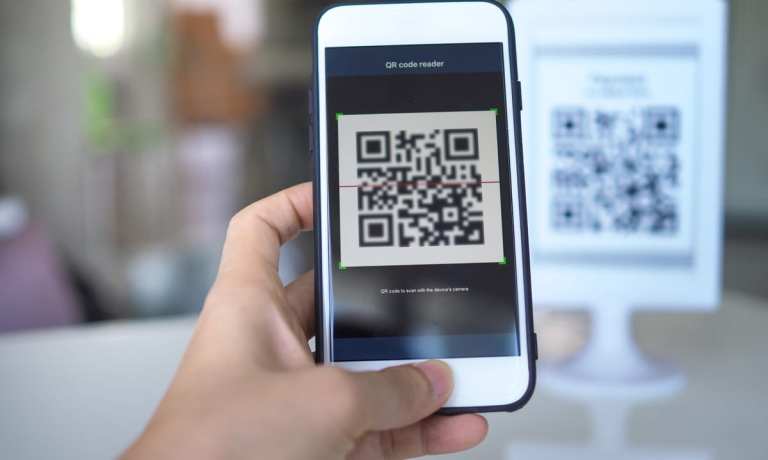Thailand, Vietnam Launch QR Code Link For Cross-Border Payments

The Bank of Thailand (BOT) and State Bank of Vietnam (SBV) have rolled out a cross-border interoperable QR code payment linkage between the two countries, a Regulation Asia report says.
This will help to make cross-border payments happen, along with the use of local currencies between the two countries.
With the payment linkage, the two countries’ financial markets will see more enhanced capital flow. And it will stimulate the regional economies.
“This linkage also represents another milestone for the ASEAN Payment Connectivity initiative, which aims to connect the payment services of ASEAN countries using new financial technology to help foster financial integration and sustainable growth in the region,” the central banks said.
The first phase of the project will see Thai tourists able to make QR code payments with their mobile phones to pay for goods or services in Vietnam, and vice versa. The tourists flows totaled around 1.5 million in 2019. The two central banks said that the tourists for either country could scan QR codes for the other and pay for things. And the report says there have been other banks wanting to join into the project, including Vietcombank, along with Thailand-based Bank of Ayudhya, CIMB Thai Bank, Kasikornbank, Krung Thai Bank, and Siam Commercial Bank.
The QR codes will help to provide more secure, cost-efficient alternatives for payments, as well as providing better innovations in the next several years.
QR codes have found a new surge as of late, with contactless payments increasing 150 percent since March 2019, and thus QR code adoption has risen 11 percent. A recent report also found that over a third of customers said they wouldn’t complete a payment unless that option was available for them.
Citcon CEO Chuck Huang said the QR code adoption would be seen in the digital-first economy, with the codes moving online. The PYMNTS report says QR code integration can easily sit alongside other long-accepted payment methods.

